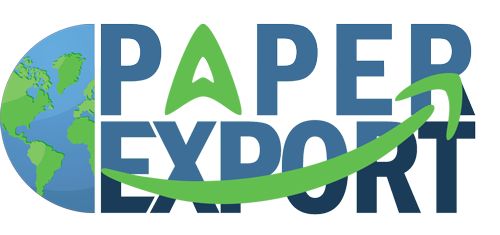Commenting on the group’s results, Sappi Chief Executive Officer Steve Binnie said: “I am very pleased with Sappi’s strong recovery and our return to profitability for the year. I wish to recognise the dedication and resilience of the Sappi team in turning a loss of US$135 million in 2020 into a profit of US$13 million for 2021, with EBITDA increasing by 40% over the prior year. The team overcame significant challenges posed by Covid-19. The cooperation, cross-regional support and continued focus on our Thrive25 strategy was exemplary.
Highlights for the year included the recovery in the profitability of the dissolving pulp (DP) segment driven by buoyant demand and significantly better market prices as well as the North American region delivering its highest financial year EBITDA in over a decade. Our strategy of making investments in packaging and speciality papers reaped rewards as the segment achieved record profitability and sales volumes increased by 21%.”
Throughout this unprecedented time the health and safety of our employees remained paramount. A comprehensive Covid-19 action plan enabled us to operate in a safe and uninterrupted manner where demand permitted. Working closely with our customers and suppliers we systematically increased activity and output in response to improved market demand and our support for local communities helped mitigate the impact of the pandemic and the ensuing socio-economic consequences on them.
As Covid-19 lockdowns eased and economic activity resumed, global trade rebounded much faster than initially anticipated. The requirement for shipping surged which triggered vessel and container shortages, severe port congestion and significant freight rate increases. The logistical disruptions described above severely constrained our export sales in all regions. By year-end, this resulted in a backlog of deliveries of 100,000 tons of DP. The impact on earnings from this backlog amounted to approximately US$30 million. Furthermore, high demand for raw materials and commodities, coupled with long lead times and an inability to restock inventories, fuelled worldwide inflationary pressures. Consequently, escalating delivery and raw material costs, particularly purchased pulp, chemicals and energy, negatively impacted margins in all product segments. To mitigate the impact of these rising costs we implemented a series of price increases in our paper businesses.
While market conditions improved, the focus was maintained on the preservation of liquidity and prudent cash management. Strategic actions were re-prioritised while variable and fixed costs continue to be reviewed. The project to expand the Saiccor Mill capacity was impacted negatively by Covid-19 lockdowns and associated travel restrictions, which delayed the project schedule. Commissioning of the plant began during the fourth quarter and will be completed in the first quarter of the 2022 financial year.
Turning to the financial results for the quarter, Binnie said: “The ongoing recovery from Covid-19 continued in the fourth quarter. High DP prices and an excellent performance by the North American business more than offset escalating raw material costs and ongoing supply chain challenges, which constrained shipments and negatively impacted delivery costs. The South African civil unrest, coupled with supply chain challenges, including a cyber-attack and equipment failure at the Durban port, along with adverse weather events, had a negative impact on fourth quarter EBITDA. Notwithstanding this, group EBITDA increased by 22% to US$177 million from the US$145 million achieved in the third quarter.”
Looking forward, Binnie stated: “We remain encouraged by the growing resilience of global economies as the Covid-19 pandemic evolves and the corresponding recovery in underlying demand in all of our product segments. However, the supply chain challenges, and the extraordinary energy cost inflation may affect profitability. In addition, the maintenance shut at Somerset Mill is scheduled for the first quarter and will impact EBTDA. As a result, we anticipate an improvement in EBITDA in the first quarter of FY2022 relative to the fourth quarter of FY2021.”
